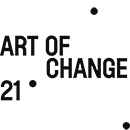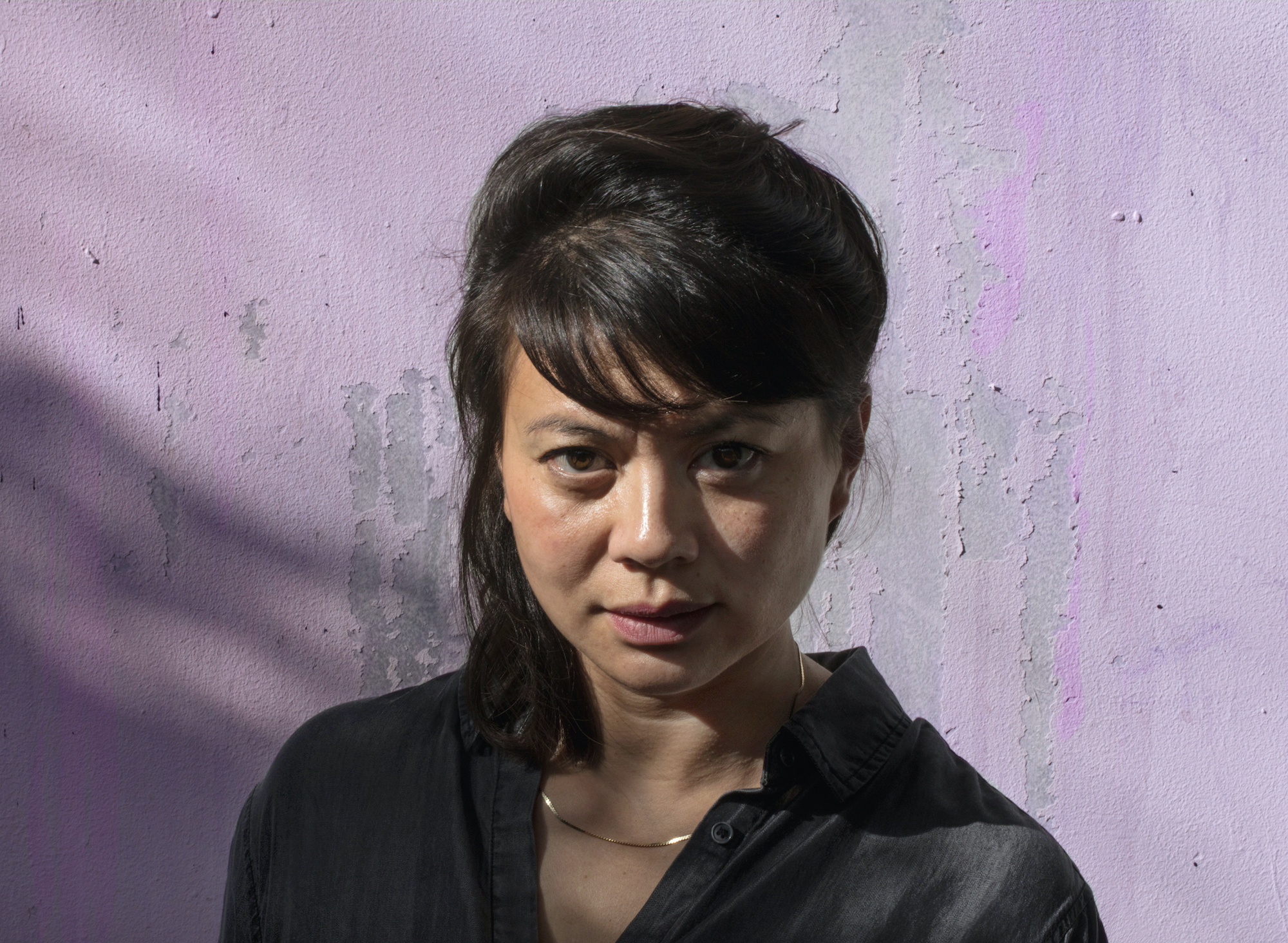Thu-Van Tran was born in 1979 in Ho Chi Minh City, Vietnam. She lives and works in France. She was recently awarded the Rosa Schapire Art Prize 2023 by the Freunde der Kunsthalle in Hamburg.
How do you consider your artistic practice with regard to the issues linked to the climate crisis?
My artistic interventions are founded upon societal issues, historical episodes and ecological disasters. The first act of ecocide took place, in my opinion, in Vietnam in the 1960s. The annihilation of ecosystems and its soils by Agent Orange* left its mark on the Vietnamese people, who were also poisoned by the chemical. Today, this action has a legal consequence and is at the heart of major historical trials.
The cultivation of rubber trees and its economic significance is at the heart of your artistic work. From it you uncover the common history of your two countries, France and Vietnam. What were you thinking about when highlighting this tree?
The history of rubber reveals the story of domination in our modern world. The American anthropologist Anna Tsing used the term “second nature” to describe nature that has been transformed for our economic needs. The cultivation of rubber trees is the result of two specific processes: colonisation and deforestation. The rubber seed first traveled from continent to continent to arrive in Indochina at the beginning of the 20th century. Vietnam had at this time ceded the majority of its fertile lands to the colonising power, France. The Michelin factory, in the 1920s, developed there the technique of grafting different monocultures. This led to the rapid exploitation of the land and the region’s natives. The first revolts in the country took place in fact on the Michelin plantations. Thus, the rubber seed is the symbol of this conflict. These plantations also led to the first significant changes to the Vietnamese ecosystem. My installations embody these imbalances of power and its emotions, while echoing disturbing facts. However, rubber is as powerful conceptually as visually: Its white color appears milky and oxidized, like skin, and recalls the atmosphere of a humid primary forest.

Exhibition view of “Avant l’orage”, Bourse de Commerce-Pinault Collection (2023), Les couleurs du gris, 2018 © Thu-Van Tran / ADAGP Paris, 2023
Recently, as part of the exhibition “After the Storm”, at the Pinault Collection, you took over one of the rooms with an artwork created on-site. What was your intention for this piece?
The fresco presented in the exhibition revealed a dramatic, toxic night scene: a landscape veiled in a cloud, a fog of ashes, a damaged reality. When I was creating it, I thought a lot about the fields of ruins. Being located at the end of the exhibition, I wanted to create an impression of disorder and darkness, while allowing light, a new dawn, to emerge from the ashes, a symbolic “third nature” that transforms the fire into a warm glow.
Rainbow herbicides – the title is very evocative. Words and their meanings are very important in your artistic practice. How do they resonate with the realities that have shaken up the territories you think about?
Words are a weapon in times of war. They allow us to impact consciences collectively. The words used for herbicide spraying operations are also misleading. I notice that every authoritarian ideology concentrates efforts on its language. Rainbow herbicides, the rainbow of herbicides used by the American army during its intervention in Vietnam, named for their different colors, now colonises our imagination. In my series “Les couleurs du gris” (The Colors of Gray), the idea was to apply the six colors of the Rainbow herbicides onto the pictorial field to undo them, to deactivate them.

Exhibition view “Réclamer la Terre”, Palais de Tokyo, 2022. De Vert à Orange – Espèces Exotiques Envahissantes -, 2022. Courtesy of the artist and Almine Rech, Paris © Thu Van-Tran / ADAGP Paris, 2023. Photograph: Aurélien Mole
In your opinion, in what way can the reminiscence of past events, a collective history thus re-appropriated, allow us to question our relationships with living things and the transformation of landscapes that accompany it?
The second chapter of my current exhibition at MAMAC, on show until January 7, evokes this well and in particular the series Nous vivons dans l’éclat (We live in the flicker), which gives its title to the exhibition. It consists of unfixed photograms on which we read sentences from the book Heart of Darkness by Joseph Conrad. On photosensitive paper I expose parts of the story where the light appears but does not last. The more intense it is, the less it lasts. The word “éclat” (‘flicker’ in English) has a double meaning for me, both beauty and brokenness because a flicker is also fragile. This experience of irreversible reading, as well as its elusive representation, relates to the experience of survival. The more the work is exhibited, the more the word disappears. Light allows its existence and then its disappearance. The exposure time cannot be undone. The process of insolation continues inevitably and erases the writings of the light.
I constructed the route of this exhibition in a cyclical manner, going from dawn to noon, until dusk. Dawn announces the germination of our soils, the first plantations of contaminated rubber trees, a first conquest. The second chapter brings together images worn from exposure to the sun, the ideology of decline and the fall, a fire. The third chapter leaves room for dreams, spirits and individual mythology.
In the Trail Dust series, made from graphite on Canson paper, landscape drawings based on my photographs of tropical forests and fiery clouds, form slowly. Then a process of hatching covers them until they disappear and at the same time reappear. This form of creation makes perceptible the mechanism of memory, which forgets as much as it remembers.
What are your current experiments and topics of research?
In my studio, I am currently producing a series of large-format paintings where I am developing a genealogy of the mineral. I’m working on a priming technique using pure lime to bring out the mineral dimension, giving an echo of human construction, of the Place in the philosophical sense. When I work on it, the calcaneite, the inflammation of the limestone, allows dust to rise to the surface of the painting. This takes care of the toxicity of the pigments used, or their softness when it is not oxide but earth that is used, and the overall artwork connects to the dimension of a terrestrial landscape.
Conversation with Pauline Lisowski
Translation by Stefano Vendramin
October 2023
Find out more about Thu Van Tran
Cover: © THU VAN TRAN – all rights reserved
Impact Art News, Sep-Oct 2023 #45

